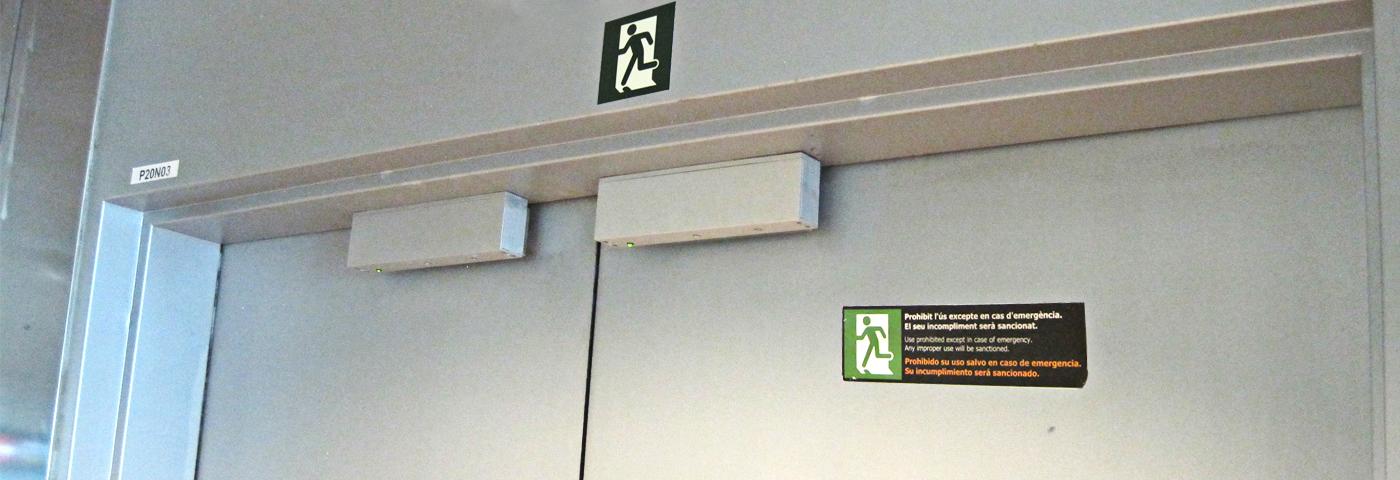Welcome
The Photoluminescent Safety Association (PSA) is a trade association dedicated to generating broad-based acceptance of safety-grade photoluminescent products.
Who Should join the PSA?
If you:
- manufacture, sell, or market safety-grade photoluminescent products;
- write, implement or participate in the writing of building, personal, vehicular and other safety codes and standards;
- are responsible for getting people out of buildings, tunnels, trains, buses, airplanes, ships, oil rigs and other structures safely in an emergency; or,
- are a first-responder or fire safety official,
Then you belong in this association.
News
- The Growth in Mega-tall Buildings is a Challenge to Firefighters
- NFPA published this article, Ecosystem, Interrupted in the Winter 2024 edition of the NFPA Journal.
- Prescriptive Codes, Performance Based Codes and the Construction Standard of Care after 11 September 2001
- High-Rise Fire Safety, Post 9-11-01
- High-Rise Facade Fires, A Worldwide Concern
- The Grenfell Tower Fire: A crime caused by profit and deregulation
Ask An Expert
Q. Where do I find photoluminescent markings in public transportation?
A. The American Public Transportation Association (APTA) has two standards that require photoluminescent material on passenger trains: APTA SS-PS-004-99, Rev. 2–Standard for Low-Location Exit Path Marking, requires outlining of the path to the exit doors either on the passenger rail car floor or seats in floor proximity. APTA SS-PS-002-98, Rev. 3, is the Standard for Emergency Signage for Egress out of Passenger Rail Equipment. You also may find photoluminescent floor proximity lighting on many airplanes these days. Flight attendants point out such low-location lighting during pre-flight safety briefings.





